Clincher vs tubular tyres: Understanding the differences
Explaining two different types of tyre systems and why some cyclists prefer one over the other
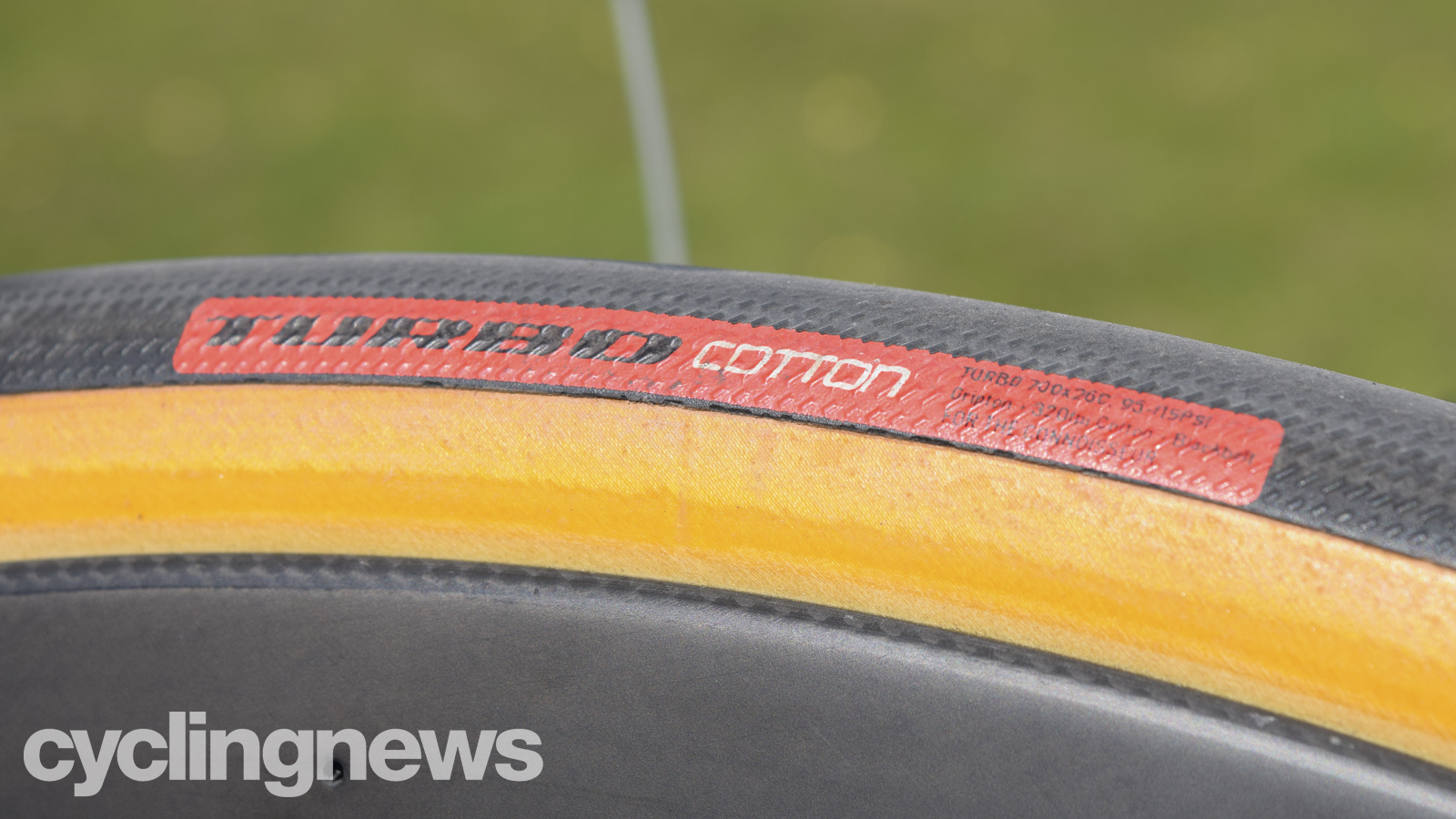
Tyres have been around for as long as bicycles have. In fact, you can’t ride a bike without them. Back in the early 20th century, tyres were thick, heavy pieces of tread meant to survive gravel, dirt and everything else that came with the rough-surface roads of the time.
Most early tyres were ‘clinchers’, which is the type of tyre we grow up riding. But it was often difficult to get clinchers to stay on the rim and with that came the invention of the tubular tyre, a self-contained tyre glued directly to the wheel’s rim.
For everyday users, the best road bike tyres will fall into the clincher or tubeless category, but is there still a case for tubular? Before we dive into the performance of each tyre type, let’s take a closer look at how they actually work.
Clinchers and tubulars explained

A clincher tyre is like a casing that attaches to the rim of a wheel, and one that encompasses the tube which holds air inside the tyre. The tyre attaches to the rim, and you pump air into the tube which then inflates inside the tyre.
Clincher tyres have a tough bead of rubber around their edges, which “clinch” to the rim – this is where the name comes from. That is also why clincher tyres only fit on clincher wheels. Because of how they mount and ‘attach’ to the rim, there needs to be a sidewall inside the rim for the tyre’s bead to fit into.
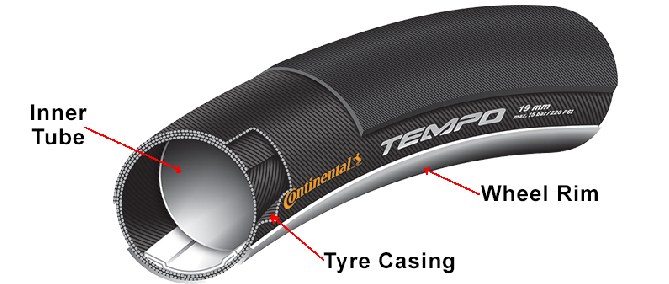
In contrast, a tubular tyre glues directly to the rim, where there is no need for a mounting sidewall. Tubular tyres don't use a separate replaceable tube; instead, all the air is contained within an inner tube built into the tyre itself. These tyres are also round and do not have a thick bead, like clincher tyres. Technically, you can ride an unglued tubular, but this is very dangerous because the tyre is much more likely to come off the rim, especially in corners.
Mounting tyres
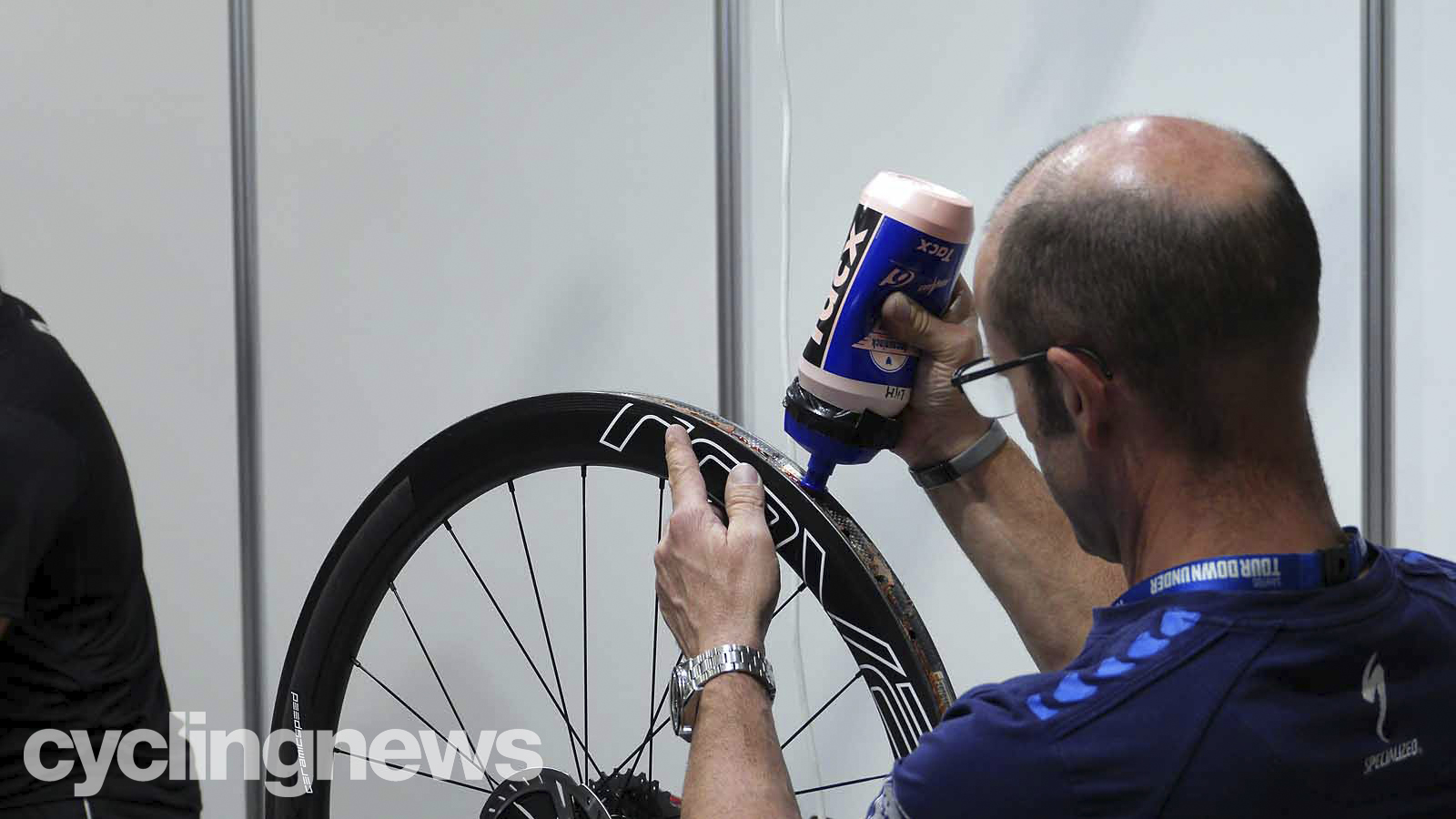
Once inflated, it is difficult to spot a clincher or tubular tyre just by looking at it. Once inflated, both designs look basically the same. The differences lie internally, in how and where the air is contained inside the tyre (or tube). That means that these tyres also need to be mounted differently. You can change a clincher tyre at the side of the road with a couple tyre levers and a pump but, in order to change a tubular tyre, you’re doing to need a lot more time and supplies. In fact, it’s totally impractical to change a tubular tyre outside of a garage or bike shop.
The latest race content, interviews, features, reviews and expert buying guides, direct to your inbox!
Before we help you decide which kind of tyre is best for you, let’s look at the importance of tyres, and why they’re so important to cyclists.
The perfect bike tyre
Cyclists want tyres that are light, fast, puncture-proof, durable and comfortable. If that wish list wasn’t long enough, we also want a tyre that grips well in corners, and we want it to be cheap. While there isn’t a tyre in the world that can tick off all these boxes, there are a few different clincher and tubular tyres that fulfil most of these requirements.
A tyre’s suppleness is another one of its most important features – that is, the ability of the tyre to conform and rebound as the wheel moves across the ground. The better a tyre’s suppleness, the better its grip in the corners, the better its rolling resistance, and the better it feels to the rider. While the material is the driving factor determining a tyre’s suppleness, its design plays a big part, too.
With that said, let’s dive into the differences between clincher and tubular tyres, and why one tyre might be better than the other for certain cyclists.
Why clincher is better
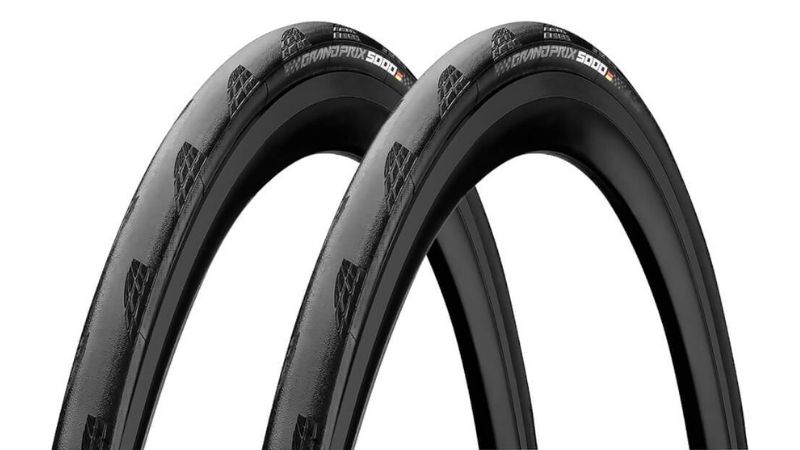
One of the biggest reasons that cyclists choose clinchers over other tyres is because it is so much easier to repair a puncture. If you happen to puncture a tubular tyre, you have very few options other than to stop and call for a Taxi home.
Clincher tyres are (relatively) easy to remove from the rim, which gives you access to the tube in a matter of seconds. Practised cyclists can change a puncture on a clincher tyre in just a few minutes. That’s why so many opt for clinchers on long training rides.
While performance may be of concern for these heavier and ‘slower’ tyres, a tyre’s performance is better determined by the tyre itself rather than its type alone. In other words, you can still find plenty of lightweight, high-speed, and ‘grippy’ race tyres that are clinchers.
Why tubular is better
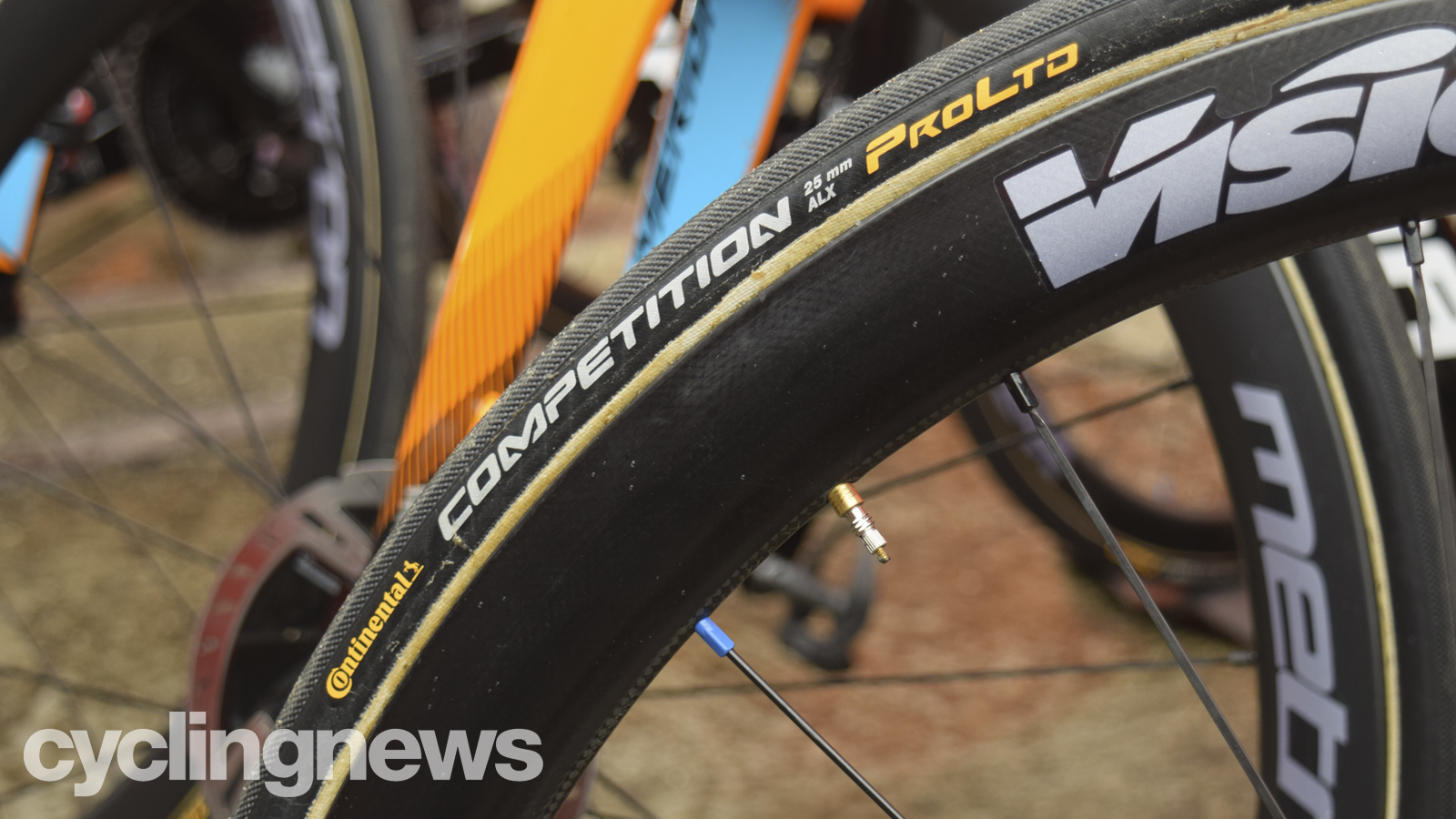
Tubular tyres are more often oriented towards performance than general riding. You won’t be able to find a commuter-minded tubular tyre, or a tubular meant for kids bikes. Tubular tyres are far too expensive and difficult to repair, and that clientele isn’t focused on performance anyway.
The racing crowd loves tubular tyres because they are lightweight and supple. Speaking from personal experience, tubular tyres have a great road feel. They feel light and agile, while also gripping in the corners and improving overall comfort. However, they are expensive, require unique wheels, and are difficult to mount, but that’s a discussion for a different paragraph.
In terms of puncture resistance, tubular tyres also rank better than clincher tyres which are prone to pinch flats. However, one staple, nail, or piece of glass can be the end of your tubular tyre, whereas a punctured clincher can be reused with a new inner tube.
A tubular tyre can also be ridden safely while flat. It's not recommended, of course, but if you suffer a puncture while descending with tubular, the mere fact that they're glued onto the rim will keep the rubber between your rim and the road. A clincher tyre could quickly be shed from the rim if ridden while flat.
Tubular tyres and wheels are lighter than comparable clinchers because they lack the sidewall inside the rim needed to seat the tyre’s bead, as well as lacking the inner tube that holds air in a clincher. This makes tubular tyres ideal for racing, especially climb-heavy courses. If you’re a racer looking for a light and fast tyre to use only on race day, a tubular tyre setup could be the right fit.
How to choose
Clincher tyres are the most popular type of tyre in the world, although the popularity of tubeless tyres has exploded in recent years. As mentioned above, clinchers are cheaper, easier, and less labour-intensive than comparable tubulars. The cycling industry is ripe with clincher tyres, from thick commuter-focused tyres to ultra-lightweight racing tyres. No matter what type of clincher you are looking for, there is a tyre out there for you.
Clinchers are a much more convenient tyre in case of a mishap. If you’re out on a long training ride 50km from home, you don’t want to be stuck with an irreparable puncture – with a tubular tyre, that’s exactly what you would get, so tubular tyres will rarely make the best winter road bike tyres. But with a clincher, you could be back on the road with a fully functioning wheel in less than five minutes.
Clincher tyres are also cheaper than tubular tyres, although the former are, in most cases, heavier and slower. Mounting clinchers is a relatively simple task that can be learned through a few YouTube videos at home. Mounting tubular tyres, on the other hand, can be a tedious and laborious process that most people save for their local shop mechanic. If you’re paying someone else to do it, it doesn’t really matter. But if you’re buying and mounting tyres at home, a clincher is definitely the easier option.
Keep in mind that clincher and tubular tyres only fit on rims designed for that kind of tyre – a tubular tyre will not fit on a clincher rim, and vice versa. This makes it impossible to experiment with different tyre types without buying a whole new wheelset.
Conclusion
For most riders, clincher tyres will be the better solution when compared to tubular tyres. Tubulars still have their place in certain racing environments, but even the WorldTour pro riders have started to switch away in favour of clinchers or tubeless.
If you're looking to upgrade your wheels and tyres, then our preference will always lean towards clinchers and tubeless tyres for their comparative simplicity. Only if chasing the most marginal of gains should the switch to tubular tyres be on your radar, and even then, the best clinchers and the best tubeless tyres will give tubulars a run for their money.
Zach is a freelance writer, the head of ZNehr Coaching, and an elite-level rider in road, track, and e-racing. He writes about everything cycling-related, from buyer's guides to product reviews and feature articles to power analyses. After earning a Bachelor’s Degree in Exercise Science at Marian University-Indianapolis, Zach discovered a passion for writing that soon turned into a full-fledged career. In between articles, Zach spends his time working with endurance athletes of all abilities and ages at ZNehr Coaching. After entering the sport at age 17, Zach went on to have a wonderful road racing career that included winning the 2017 Collegiate National Time Trial Championships and a 9th place finish at the 2019 US Pro National Time Trial Championships. Nowadays, Zach spends most of his ride time indoors with NeXT eSport.